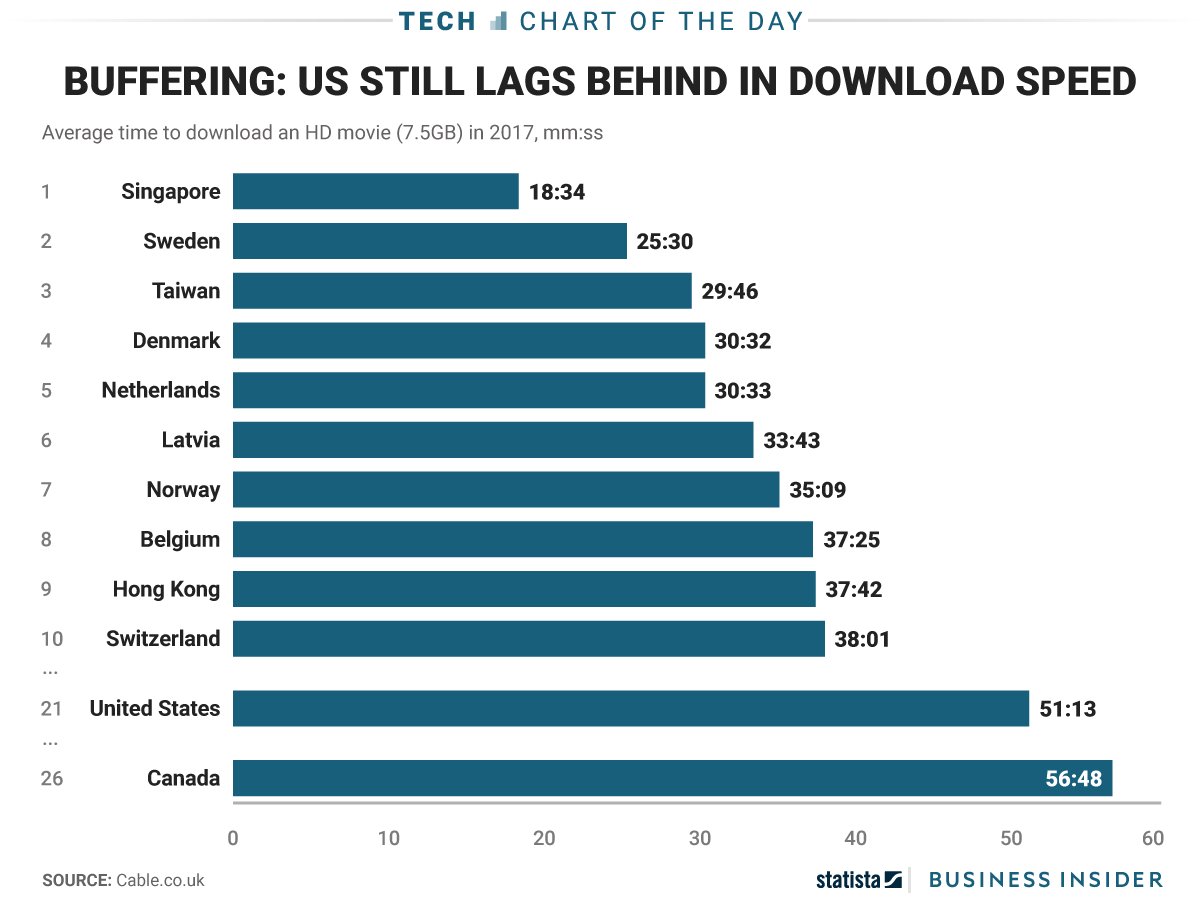Here’s my weekly summary of industry-related news worth paying attention to.
Companies and Products
Akoustis Technologies shipped a prototype BAW filter operating between 3.5 and 3.9 GHz and with a 100 MHz passband. The filters are being developed for a military radar application.
Analog Devices released a 3 to 20 GHz double balanced mixer that can be used for both up- and down-conversion and requires few external components. At 10 GHz, the mixer has 8 dB conversion loss. The input IP3 is 20 dBm at 14 GHz and 18 dBm at 17 GHz.
Anaren Microwave received the Premier Supplier Excellence Award for Technical Innovation from Raytheon. The award is given to less than 0.5 percent of Raytheon’s supplier base — only nine suppliers worldwide.
AtlanTecRF released a 500 MHz to 20 GHz attenuator, featuring 60 dB attenuation range in 0.5 dB steps using a 7-bit TTL control.
For test ranges, BAE Systems has developed a multiple-object tracking radar with enhanced clutter detection. The iMOTR system — named for innovative, mobile multiple-object tracking radar — operates at either C- or X-Band and uses COTS GaN RF and analog-to-digital converter components.
Broadcom is sampling an 802.11ax chipset, with versions for enterprise, home and mobile equipment. 802.11ax is being developed to increase data rates and address the congestion issues that limited prior Wi-Fi generations. The standard uses OFDMA, 1024-QAM and 160 MHz bandwidth at 5 GHz to achieve 4.8 Gbps aggregate PHY data rate with 4x4 MIMO.
During the most recent quarterly earnings call, MaxLinear’s CEO said the company is targeting the last mile wireless market with a 28 nm CMOS, 5 to 45 GHz transceiver and 20 Gbps millimeter wave backhaul modem. Listen to Kishore Seendripu’s comments:
NYU WIRELESS is marking their fifth anniversary as a leading center for advanced wireless research, perhaps best known for contributions to millimeter wave technology for 5G.
Qorvo published a free, downloadable calculator that speeds matching circuit design. MatchCalc™ includes Smith Chart, Log Mag and K-Plot functionality.
Verizon doesn’t intend to cede the public safety communications market to AT&T and FirstNet, planning to invest in its own dedicated network core for emergency communications. The core will use Verizon’s nationwide LTE network and have the capability to dedicate “lanes” for emergency personnel. Verizon said the company currently holds about 66 percent of the U.S. emergency communications market.
Markets and Technology
Cellular and 5G — Cheyenne, Wyoming is the first area to get T-Mobile's 600 MHz LTE service, which makes for a good press release. However, TV broadcasters have up to 39 months to vacate the spectrum in all markets, which will pace T-Mobile’s nationwide footprint.
The Center for Advanced Technology in Telecommunications (CATT) and NYU WIRELESS have built the first emulator for 5G massive MIMO, including the wireless channel and transmit and receive beamformers. The emulator software will be available to academic researchers for free.
Broadband — Verizon asked the FCC to extend its temporary license for testing 28 GHz fixed wireless access in New Jersey and Texas. Verizon is using prototype equipment from Ericsson, Intel, Nokia, Qualcomm and Samsung.
The average time to download a 7.5 GB movie: the U.S. ranks #21 at 51:13. Singapore is #1 at 18:34. That's still too long.

Of course, the average download speed doesn’t mean everyone in a country is that fortunate — especially rural areas. This story is a touching reminder.
IoT — MIT has developed a concept for using toll tags, such as E-ZPass, for “smart cities” applications. Think adaptive lights to manage traffic or identifying open parking spaces.
Remember LightSquared? It proposed using its wireless spectrum holdings to build out a mobile network, but the idea died due to concerns about interference with GPS services. The same spectrum is back under the nom de guerre of Ligado Networks, proposing a terrestrial/satellite network for the IoT.
China — I've been impressed by the shared bike services I've seen in China: they definitely meet a need for short distance transportation, say from the subway station to the office. But is this a viable business, i.e., can it make money? Doug Young, author of the China Business Blog, explains why he’s skeptical.
The New York Times uncovered an interesting strategy by Facebook to “secretly” enter China. Well, it was secret until this story was published. No doubt someone in the Chinese government monitors the paper.
Tech Industry — The brouhaha over former Google engineer James Damore’s memo about women has expanded the discussion to the larger tech industry and the broader question of how important empathy and diversity are to successful product development. This article conveys the importance for complex systems and consumer products. What about microwave components? And how homogeneous is the microwave industry’s culture?
Thoughts? Please share them by leaving a comment below.

